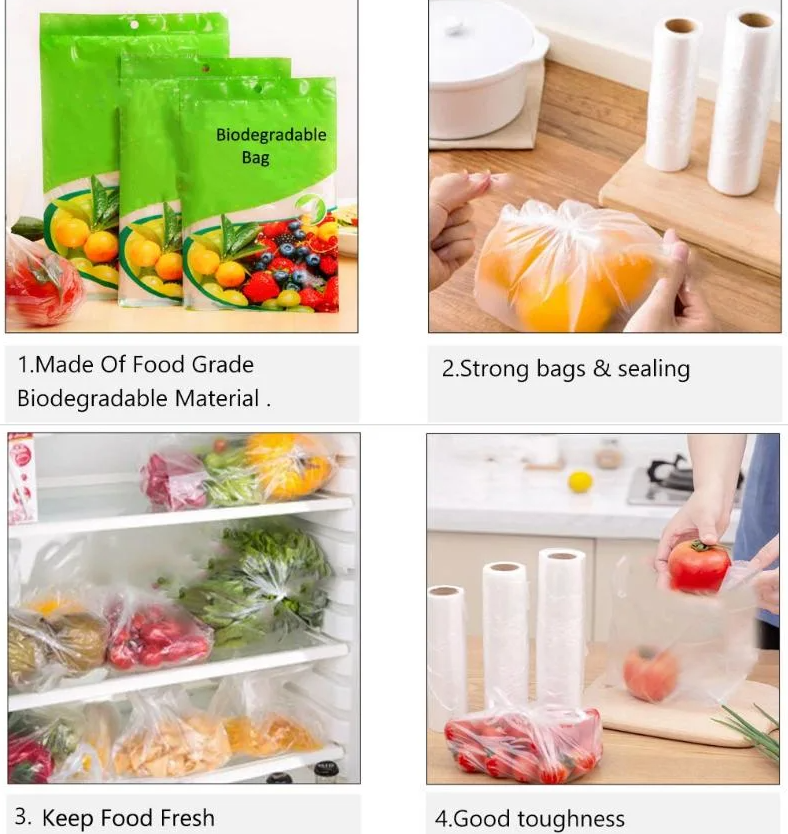PLA sheet.mp4
5 year agoTransparent 100% Biodegradable PLA Film
Polylactide (PLA) is a biodegradable thermoplastic derived from renewable resources such as corn starch, tapioca or sugar cane. The fermentation of starch (dextrose) yields two optically active enantiomers, namely D (-) and L (+) lactic acid. Polymerization is carried out by either direct condensation of the lactic acid monomers or by ring-opening polymerization of the cyclic diesters (lactides). The resulting resins can be easily converted into films and sheets via standard forming methods including injection and blow molding.
The properties of PLA like melting point, mechanical strength, and crystallinity depend on the proportions of the D(+) and L(-) stereoisomers in the polymer and on the molecular weight. As for other plastics, the properties of PLA films will also depend on compounding and on the manufacturing process.
Typical commercial grades are amorphous or semi-crystalline and have very good clarity and gloss and little to no odor. Films made of PLA have very high moisture vapor transmission, and very low oxygen and CO2 transmission rates. PLA films also have good chemical resistance to hydrocarbons, vegetable oils, and the like.
The mechanical properties of PLA are very similar to PET. However, typical PLA grades have a lower maximum continuous service temperature and are more brittle. Often plasticizers are added which (greatly) improve its flexibility, tear resistance and impact strength (pure PLA is rather brittle). Some novel grades also have much improved heat stability and can withstand temperatures up to 120°C (HDT, 0.45MPa). The heat performance of general purpose PLA is typically between LDPE and HDPE and its impact strength is comparable to HIPS and PP whereas impact modified grades have much higher impact strength comparable to ABS.
Most commercial PLA films are 100 percent biodegradable and compostable. However, the biodegradation time can vary greatly depending on composition, crystallinity and environmental conditions.

Application
PLA is mainly used in the packaging industry for cups, bowls, bottles and straws. Other applications include disposable bags and trash liners as well as compostable agriculture films.
PLA is also an excellent choice for biomedical and pharmaceutical applications such as drug delivery systems and sutures because PLA is biodegradable, hydrolysable and generally recognized as safe.

FAQ
Q1. Is your company a factory or trading company?
A: Our company is a professional manufacturer.
Q2. What about the lead time?
A: 15days after receiving your deposit.
Q3. Do you have any MOQ?
A: Transparent PVC Sheet MOQ is 1000KG,Colorful PVC Sheet MOQ is 3000KG.
Q4. Where is your factory located? How can I visit there?
A: Our factory is located in Zibo City, Shandong Province, China.All our clients, from home or abroad, are warmly welcome to visit our company !
Q5. How can I get some samples?
A: 1,We are honored to offer you samples. New clients are expected to pay for the courier cost,the samples are free for you, this charge will be deducted from the payment for formal order.
2,Regarding the courier cost: you can arrange a RPI (remote pick-up) service upon FedEx,UPS, DHL, TNT, etc. to have the samples collected; or inform us your DHL collection account.Then you can pay the freight direct to your local carrier company.
Q6. How does your factory do regarding quality control?
A: Quality is priority? We always attach great importance to quality controlling from the very beginning to the very end

Similar Video Recommendation
You May Also Like
If you are interested in the product, contact Bossgoovideo.com for more information
- *To:
- Shandong Top Leader Plastic Packing CO., LTD
- *Message:
-
Submit
Main Product:
PVC Rigid Film ,
PET PETG Rigid Film,
HIPS Film,
PC Film,
PP Film,
Other plastic packaging products
You May Also Like


















